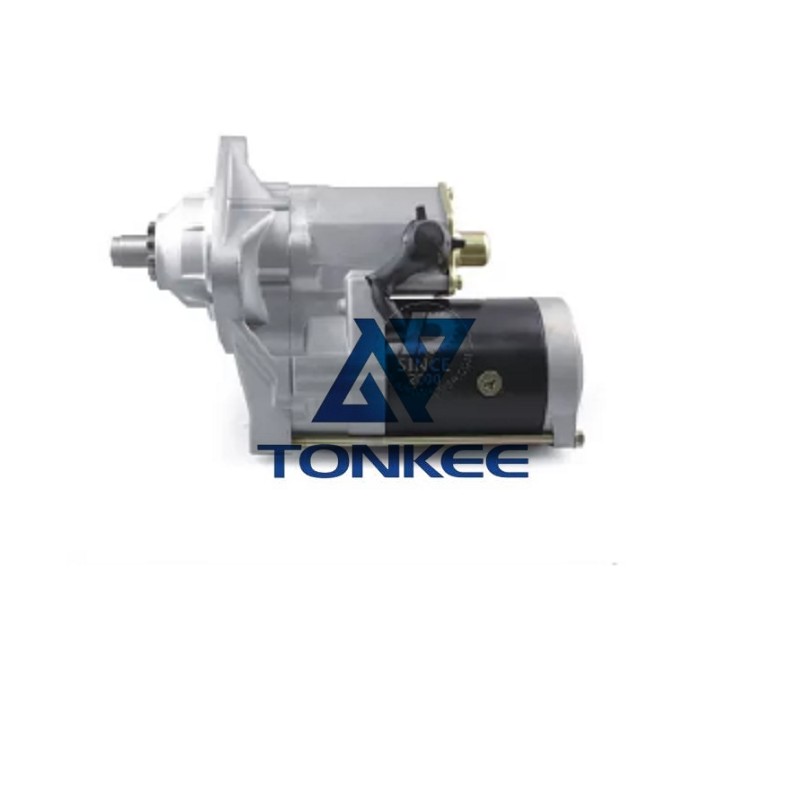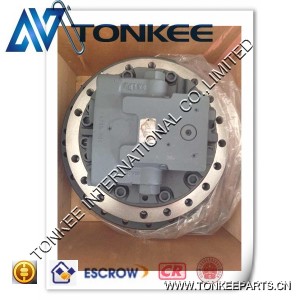
Type and Design: The starter motor used in the R300-5, R220-5, R305, R290-7, and 6CT8.3 engines is a durable, direct-drive starter motor.
It features a compact and robust design, ensuring it can withstand the demanding conditions typically encountered in construction and excavation equipment.
Power Rating: The starter motor is designed to deliver sufficient cranking power to start the engine efficiently. Its power rating is carefully matched to the engine's displacement and compression ratio, ensuring a quick and reliable start, even in cold weather.
Voltage: This starter motor is typically available in 12-volt and 24-volt versions, depending on the specific engine model and application. The voltage is selected to match the electrical system of the excavator.
Reliability: Reliability is a paramount consideration in the design of the starter motor. It is built to withstand numerous start cycles and extended periods of inactivity without suffering from wear and tear. This is critical for minimizing downtime and ensuring that the engine can be started promptly when required.
Environmental Protection: The starter motor is designed to be resistant to environmental elements, such as dust, moisture, and vibrations, which are commonly encountered on construction sites. This resilience ensures that the starter motor can continue to function reliably under adverse conditions.
Compatibility: The starter motor is engineered to fit seamlessly with the R300-5, R220-5, R305, R290-7, and 6CT8.3 engines, making it easy to replace and install.
This compatibility minimizes the risk of errors during maintenance or replacement.
Ease of Maintenance: Routine maintenance and servicing of the starter motor are straightforward, reducing downtime. It is often designed with accessible components and service points, making it easier for technicians to inspect and repair as needed.
Drive Mechanism: The starter motor employs a direct-drive mechanism, ensuring efficient and reliable engagement with the engine's flywheel. This mechanism minimizes the risk of damage or wear to the starter motor and flywheel ring gear.
High Torque: The starter motor delivers high torque to ensure effective cranking and prompt engine start-up. This high torque capability is particularly valuable in harsh operating conditions or when the engine is cold.
Thermal Protection: To safeguard against overheating, the starter motor may include thermal protection features. These safeguards prevent damage due to prolonged cranking or overuse.



 English
English Русский язык
Русский язык




